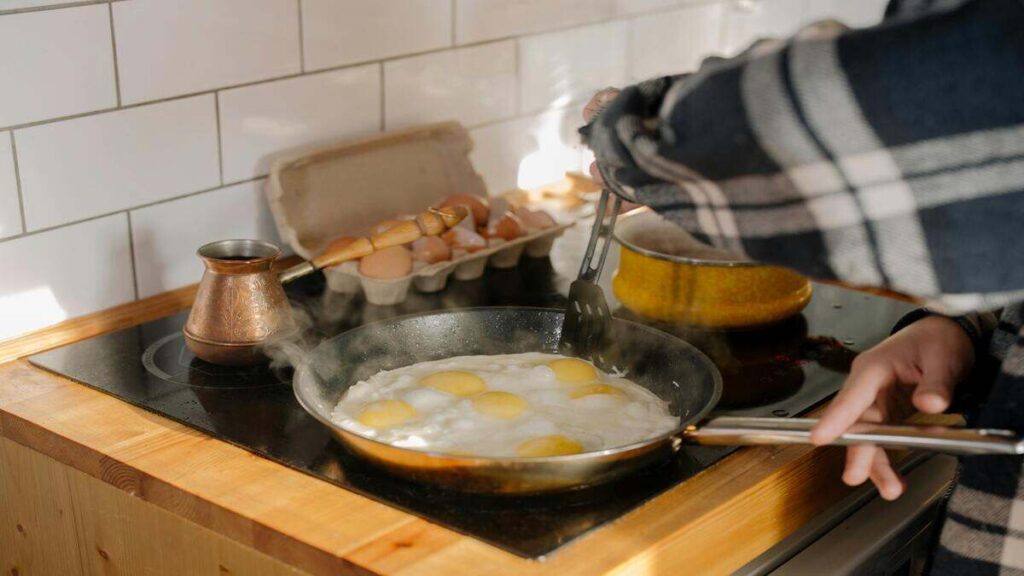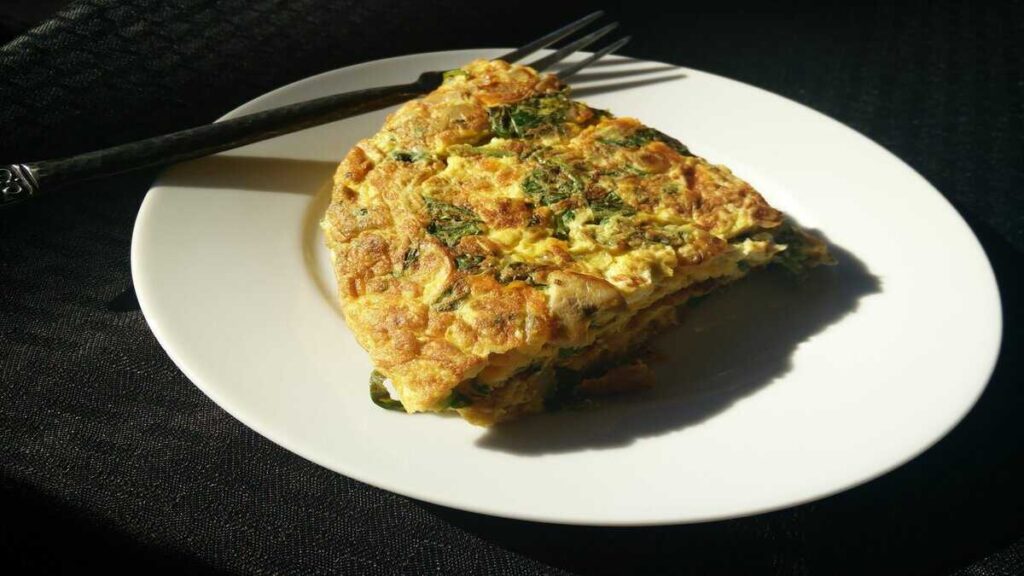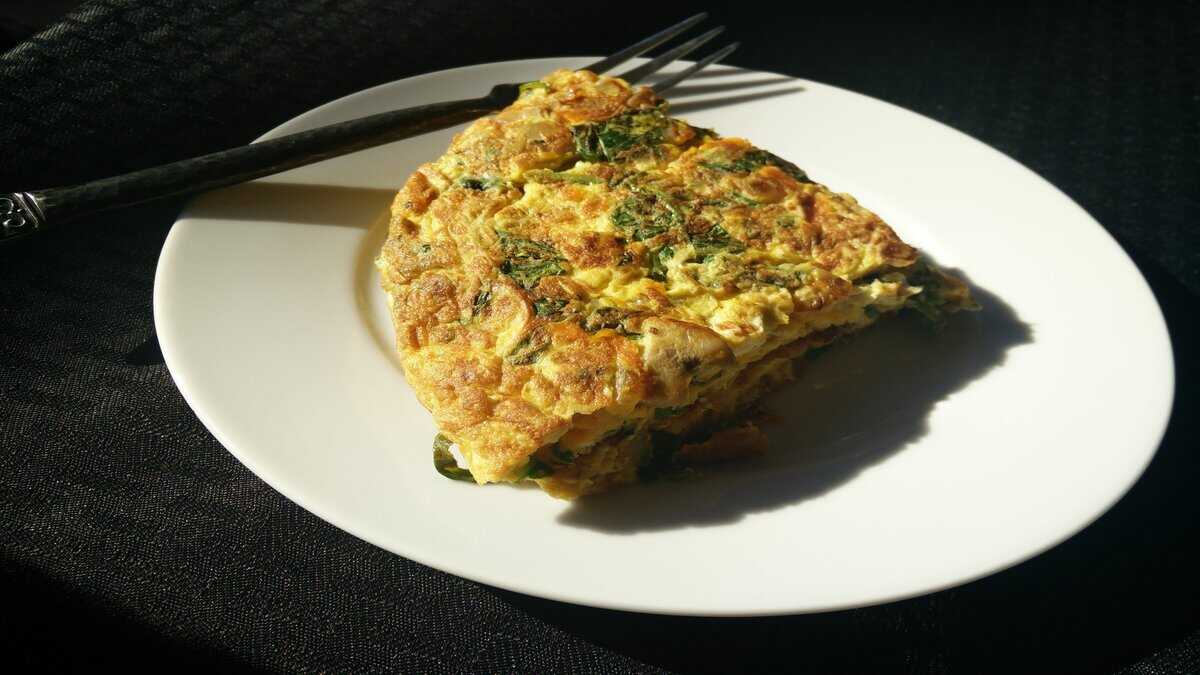Introduction
Imagine this: It’s 8 a.m., you’re running late, but you need a breakfast that’s both hearty and quick. Enter the omelette—a humble dish that transforms a few eggs and leftovers into a meal fit for a king. Whether you’re a college student, a busy parent, or a Michelin-starred chef, the he Art of the Perfect Omelette Recipe is a universal solution. But what makes it so timeless? In this guide, we’ll crack into its history, share foolproof techniques, and reveal how to tailor it to your taste. Let’s get whisking!
What Is an he Art of the Perfect Omelette Recipe?
An he Art of the Perfect Omelette Recipe is a dish made by whisking eggs, cooking them in a pan, and folding them around fillings like cheese, vegetables, or meats. It’s the ultimate “clean-out-the-fridge” meal: quick, versatile, and satisfying. The magic lies in its simplicity—eggs act as a blank canvas for endless flavor combinations.
The Origin of the he Art of the Perfect Omelette Recipe: A Global Journey
While the French coined the term omelette (from amelette, meaning “thin plate”), the concept dates back millennia. Ancient Persians enjoyed kookoo, a herb-filled egg dish, and the Romans savored ovemele, a sweet honey-and-egg recipe. By the 16th century, French chefs elevated it to an art form, emphasizing technique and finesse. Today, every culture has its spin: Spain’s potato-stuffed tortilla, Japan’s rolled tamagoyaki, and India’s spicy masala omelette.

Ingredients: Keep It Simple or Go Gourmet
You only need three essentials:
- Eggs: 2–3 large eggs per person (farm-fresh for richer flavor).
- Salt and Pepper: To enhance taste.
- Fillings: Cheese, spinach, mushrooms, ham—whatever’s in your fridge!
Pro Tip: For a fluffier texture, add a splash of milk or water to the eggs.
Dietary Swaps:
- Vegan? Use chickpea flour or silken tofu blended with turmeric.
- Low-cholesterol? Egg whites work beautifully.
Equipment You’ll Need
- Non-Stick Skillet: 8–10 inches for optimal control.
- Spatula: Silicone for gentle folding.
- Mixing Bowl and Whisk: For aerating the eggs.
- Heat Source: Medium-low heat is key—no rushing!
Chef’s Secret: A well-seasoned cast iron skillet adds rustic charm.
Step-by-Step Preparation: Foolproof Technique
- Whisk Vigorously: Beat eggs with salt and pepper until uniform. Incorporate air for fluffiness.
- Heat the Pan: Medium-low heat with a dab of butter or oil. Too hot = rubbery eggs.
- Cook Base Layer: Pour eggs into the pan. Let sit for 10 seconds, then gently push edges toward the center, tilting the pan to fill gaps.
- Add Fillings: Sprinkle toppings on one half once eggs are mostly set but still slightly runny.
- Fold and Serve: Use the spatula to fold the omelette in half. Slide onto a plate—voilà!
Avoid Overstuffing: Too many fillings prevent a clean fold.
Health Benefits: More Than Just Eggs
Protein Punch: One large egg packs 6g of protein and all nine essential amino acids.
- Vitamins Galore: Eggs are rich in B12, D, and choline, which supports brain health.
- Low-Carb Friendly: Perfect for keto or gluten-free diets.
Debunking Myths: A 2020 American Journal of Clinical Nutrition study found that up to one egg daily doesn’t increase heart disease risk in healthy adults.
Pro Tips and Global Twists
- French Style: Minimal fillings, smooth surface, rolled like a cigar.
- American Diner Style: Loaded with cheese, meats, and veggies, folded into a half-moon.
- Japanese Tamagoyaki: Layered, slightly sweet, and rolled with a bamboo mat.
Meal Prep Hack: Cook a large frittata (open-faced omelette) on Sunday; reheat slices all week.
Best Ways to Serve
- Classic: Buttery toast and fresh orange juice.
- Gourmet: Smoked salmon, crème fraîche, and dill.
- Healthy: Side of avocado and arugula salad.
Presentation Matters: Garnish with chives or paprika for Instagram-worthy flair.
Nutrition Facts (Per Serving: 2-Egg Omelette)
| Calories | Protein | Carbs | Fat |
| 180–250 | 12–14g | 2–5g | 14g |

Varies with fillings: Add 50 cals for cheese, 30 for veggies.
Time Breakdown
- Prep: 3–5 minutes
- Cook: 4–6 minutes
- Total: Under 10 minutes
Ideal for rushed mornings or midnight snacks!
Conclusion
The he Art of the Perfect Omelette Recipe is more than breakfast—it’s a lesson in resourcefulness and creativity. From ancient Persia to your kitchen table, it’s a dish that adapts, nourishes, and delights. So grab those eggs, experiment fearlessly, and remember: Even Julia Child said, “You can always judge a cook by their omelette.”
FAQs
Q: Why does my he Art of the Perfect Omelette Recipe stick to the pan?
A: Heat the pan properly and use enough fat. Non-stick skillets are forgiving for beginners.
Q: Can I make an he Art of the Perfect Omelette Recipe without milk?
A: Absolutely! Milk adds fluff, but water or a dollop of sour cream works too.
Q: What’s the difference between a frittata and an he Art of the Perfect Omelette Recipe?
A: Frittatas are cooked slowly, often finished in the oven, and served in slices.
Q: How do I reheat leftovers?
A: Microwave for 30 seconds or warm gently in a pan to avoid toughness.
Why the Omelette Is Unique
No dish bridges cultures and skill levels like the omelette. It’s a culinary chameleon—equally at home in a Parisian café or a college dorm. As chef Gordon Ramsay notes, “Master the he Art of the Perfect Omelette Recipe, and you’ve mastered the basics of cooking.”
